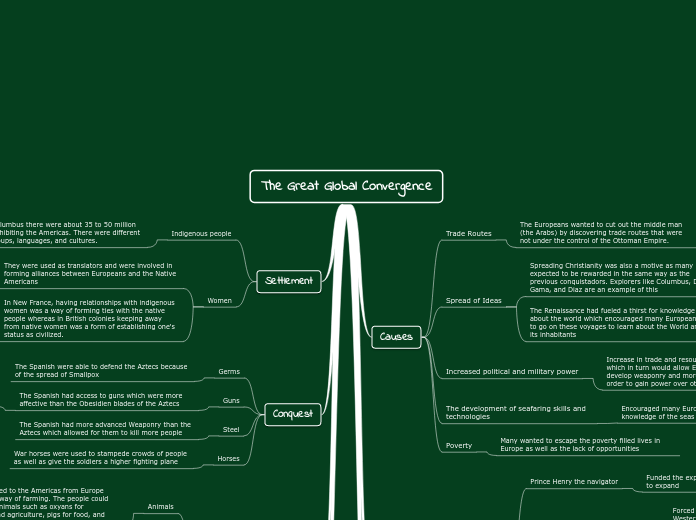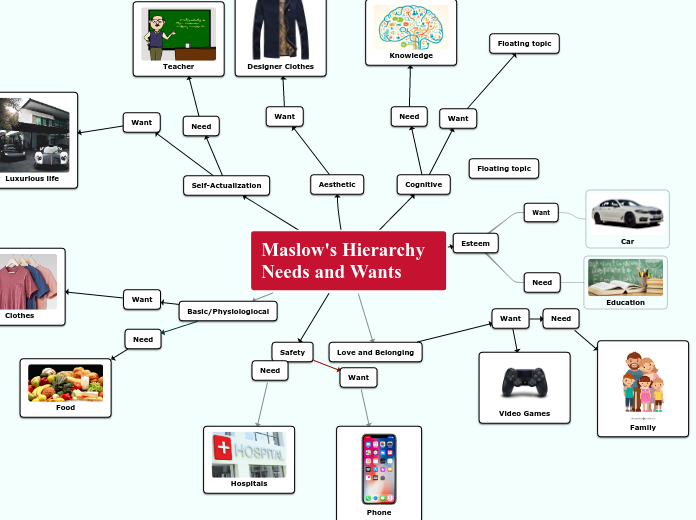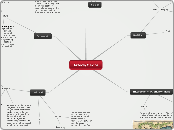The Great Global Convergence
This ancient civilization of Northeastern Africa is one of the most spectacular of the ancient world. Find out more about the people of Ancient Egypt, their gods and goddesses, magical land, and daily life.
The Impact of the Global convergence
Repopulation
The forced and voluntary migration of people during the great global convergence led to the repopulation of people across the global.
Global Economy
The trading and expansion of empires during the great global convergence led to the independency of countries' economies- Globalisation
Religious change
A large majority of the indigenous population in the Americas had been converted to Christianity
The Columbian Exchange
People
The Transatlantic Slave Trade was when Africans were brought over to the Americas by Europeans to work on sugar plantation. This led to the repopulation of the world
Plants/food:
Food from the Americas to Europe and Asia led to a population increase as most countries now had food that could grow faster. This exchange also transformed the way we consume food today
Disease
Europeans brought diseases smallpox and syphilis to the Americas which led to most of the Native population to go extinct in the Great Dying. This also led to a decrease in farming activity causing many to also die of starvation.
Animals
Animals introduced to the Americas from Europe transformed the way of farming. The people could now use larger animals such as oxyans for transportation and agriculture, pigs for food, and horses to have a more nomadic lifestyle
Conquest
Egyptian Art has a major role in conveying the essential traits of this great civilization.
The Egyptian art portrays best what this civilization valued the most, what people looked like, how they dressed, the jobs they had, etc.
Horses
War horses were used to stampede crowds of people as well as give the soldiers a higher fighting plane
Colors in Ancient Egyptian art
What are the colors used most often in Egyptian paintings? Type them in.
Steel
The Spanish had more advanced Weaponry than the Aztecs which allowed for them to kill more people
Materials in Ancient Egyptian art
Type in the materials which were frequently used to create works of art of any kind.
Guns
The Spanish had access to guns which were more affective than the Obesidien blades of the Aztecs
Symbolism played a very important role in Ancient Egypt art.
Type in various symbols highlighted in the Egyptian work of arts.
godsanimalsbluegreenyellowred
Meaning
What is the meaning of this symbol?
Example: red can symbolize vitality.
Germs
The Spanish were able to defend the Aztecs because of the spread of Smallpox
Periods in Ancient Egyptian art
Type in the 6 periods in the Egyptian art. Example: Old Kingdom (2680 BC-2258 BC) .
Settlement
A 'pharaoh' was the supreme political and religious leader of the land. The word 'pharaoh' comes from Greek and it initially related to the designation of a royal residence.
Each pharaoh was usually the son or declared heir of the previous pharaoh, born of the Great Wife (pharaoh’s chief consort) or sometimes a lesser-ranked wife favored by the pharaoh.
Among the over 300 pharaohs in ancient Egypt, only a few of them succeeded to leave behind an eternal legacy.
Women
Guess the Pharaoh
- Who is the pharaoh that ruled in a peaceful and beautified Egypt?
- He built the Luxor Temple dedicated to Amun.
Type in the name of the pharaoh and the period in which he ruled.
In New France, having relationships with indigenous women was a way of forming ties with the native people whereas in British colonies keeping away from native women was a form of establishing one's status as civilized.
They were used as translators and were involved in forming alliances between Europeans and the Native Americans
Indigenous people
Guess the Pharaoh
- Who was the pharaoh that changed the Egyptians' religious views, encouraging them to believe in one god?
- He builds the new capital of Egypt at Amarna.
Type in the name of this important pharaoh and the period in which he ruled. Example: Ahmose I, 1570 - 1546 BC.
Before Columbus there were about 35 to 50 million natives inhibiting the Americas. There were different ethnic groups, languages, and cultures.
The Spanish Expansion
The Treaty of Tordesillas gave Spain everything in the West of the Atlantic
Subjugated the Island of Hispaniola and enslaved the indigenous people in his second voyage
Landed in the Bahamas believing he was in the Indies and wanted to take the people as slaves and convert them to christianity. Word of his voyages spread in Europe.
Columbus was granted funding by the Spanish crown in 1492 after he succeeded in finding a passage to the Indies
The Portuguese Expansion
1500
Gained control of gold trade
1497
Access to spices and samples of clothes to trade
Vasco De Gama succeeded in rounding the Cape of Good Hope and reached the Calicut Port in India
1460
Access to gold, enslaved Africans, and sugar plantations
1433
Egyptians wore make-up and jewelry because they believed this made them more attractive for the Gods. Also, jewelry was a sign of wealth - the more jewelry someone had, the richer he/she was.
First settlement at Arguin, North Africa
Main goals
Military glory, conversion of muslims, slave trade, and gold
Footwear in Ancient Egypt
Egyptians went barefoot most of the time, but on special occasions, they liked to wear sandals. Nevertheless, the materials from which the rich people and the poor ones made their sandals differed.
History in seafaring and navigation
Found routes to North Africa, Atlantic Islands, and Brazil
How did the Egyptian women dress?
Type in a short description of the way the women from Ancient Egypt were dressed.
Forced to find different routes as Portugal's access to Western Europe had been blocked by Spain
How did the Egyptian men dress?
Type in a short description of the way the Egyptian men dressed.
Prince Henry the navigator
Funded the expeditions which allowed for the Empire to expand
Clothing materials in Ancient Egypt
The hot summers and mild winters in Egypt favored light clothing made predominantly out of plant fibers.
Animals skins and feathers were sometimes worn by priests and pharaohs.
Type in several examples of clothing materials.
Causes
Ancient Egyptian Farming
One of the reasons for which this civilization was so successful was the fact that they used farming to produce their own food and cloth. The farmers grew their crops along the bank of the River Nile.
Poverty
Many wanted to escape the poverty filled lives in Europe as well as the lack of opportunities
The development of seafaring skills and technologies
Encouraged many Europeans to expand their knowledge of the seas and expand their empires
Increased political and military power
Increase in trade and resources would bring wealth which in turn would allow European countries to develop weaponry and more powerful armies in order to gain power over other countries.
What animals did the Egyptians have?
Animals were very important to Egyptians both because they were a source of food and drink, and they helped the farmers with pulling the plow, eating unwanted crops, and trampling in the seeds. Type in several examples.
Spread of Ideas
The Renaissance had fueled a thirst for knowledge about the world which encouraged many Europeans to go on these voyages to learn about the World and its inhabitants
Spreading Christianity was also a motive as many expected to be rewarded in the same way as the previous conquistadors. Explorers like Columbus, De Gama, and Diaz are an example of this
What crops did the Egyptians grow?
They grew all sorts of crops, but the most important was grain, from which they made bread, beer, and porridge. Type in various types of crops.
wheatbarleyonionleekcucumberlettucecabbagebeans
Trade Routes
The Europeans wanted to cut out the middle man (the Arabs) by discovering trade routes that were not under the control of the Ottoman Empire.











